image/bmp
Type of resources
Available actions
Keywords
Contact for the resource
Provided by
Years
Formats
Update frequencies
Service types
-
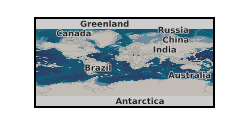
The hydrogeological map indicates aquifer potential in generalised terms using a threefold division of geological formations: those in which intergranular flow in the saturated zone is dominant, those in which flow is controlled by fissures or discontinuities and less permeable formations including aquifers concealed at depth beneath covering layers. Highly productive aquifers are distinguished from those that are only of local importance or have no significant groundwater. Within each of these classes the strata are grouped together according to age or lithology. The 1:625 000 scale data may be used as a guide to the aquifers at a regional or national level, but should not be relied on for local information.
-
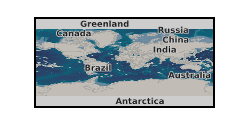
Data from the British Geological Survey's GeoIndex Offshore theme are made available for viewing here. GeoIndex is a website that allows users to search for information about BGS data collections covering the UK and other areas world wide. Access is free, the interface is easy to use, and it has been developed to enable users to check coverage of different types of data and find out some background information about the data. More detailed information can be obtained by further enquiry via the web site: www.bgs.ac.uk/geoindex.
-
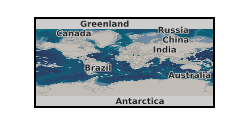
The TellusSW project acquired airborne geophysical data for the counties of Cornwall and parts of Devon and Somerset during the second half of 2013. The maps of the geophysical data and their derivatives are provided to facilitate spatial comparison with, and modelling of, the soil, geological and environmental aspects of the data. The survey comprised a high resolution magnetic/magnetic gradient survey combined with a multichannel (256 channel) radiometric survey. The survey was carried out using 200 m (N-S) line separations at a mean elevation of 91 m. The survey provided 60,323 line-km of data.
-
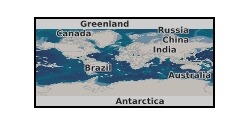
The joint PHE-BGS digital Indicative Atlas of Radon in Great Britain presents an overview of the results of detailed mapping of radon potential, defined as the estimated percentage of homes in an area above the radon Action Level. The Indicative Atlas of Radon in Great Britain presents a simplified version of the Radon Potential Dataset for Great Britain with each 1-km grid square being classed according to the highest radon potential found within it, so is indicative rather than definitive. The joint PHE-BGS digital Radon Potential Dataset for Great Britain provides the current definitive map of radon Affected Areas in Great Britain.
-

Note: This dataset is designed for the 1:50000 scale but can be viewed in this WMS between 1:100000 and 1:25000 (Only). The 1:50 000 DiGMapGB data covering the whole of the United Kingdom is available in this OGC WMS service for your personal, non-commercial use only. Separate bedrock geology, superficial deposits, artificial ground, mass movement deposits and geological linear features layers are available in this service. For information about more of the British Geological Survey's maps that are available digitally please visit https://www.bgs.ac.uk/geological-data/.
-
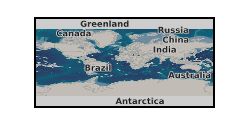
Data from the British Geological Survey's GeoIndex Geophysics theme are made available for viewing here. GeoIndex is a website that allows users to search for information about BGS data collections covering the UK and other areas world wide. Access is free, the interface is easy to use, and it has been developed to enable users to check coverage of different types of data and find out some background information about the data. More detailed information can be obtained by further enquiry via the web site: www.bgs.ac.uk/geoindex.
-
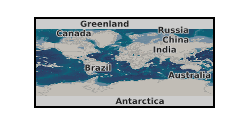
High Resolution, Airborne Magnetic, Radiometric, VLF Survey over north Midlands of GB. Survey flying for the collaborative BGS and World Geoscience Corporation Ltd (WGC) high resolution geophysical and environmental survey was completed in early September 1998. The data comprise multi-channel gamma ray spectrometer, magnetometer and dual frequency VLF-EM. Flight line spacing was 400 m with tie lines at 1200 m and the total area surveyed is some 14 000 km2. Flight-line orientations are W–E over the western survey area, SW–NE over the eastern area. Ground clearance was maintained at 90 m in rural areas, increasing to about 240 m in built-up zones.
-
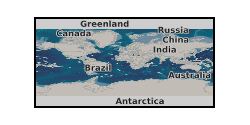
BGS soil property data layers including parent material, soil texture, group, grain size, thickness and European Soil Bureau description. These data are delivered under the terms of the Open Government Licence (http://www.nationalarchives.gov.uk/doc/open-government-licence/), subject to the following acknowledgement accompanying the reproduced BGS materials: Contains British Geological Survey materials copyright NERC [year]. Contact us if you create something new and innovative that could benefit others usingbgsdata@bgs.ac.uk.
-
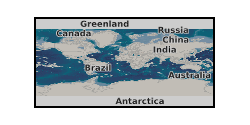
Data from the British Geological Survey's GeoIndex Minerals theme are made available for viewing here. GeoIndex is a website that allows users to search for information about BGS data collections covering the UK and other areas world wide. Access is free, the interface is easy to use, and it has been developed to enable users to check coverage of different types of data and find out some background information about the data. More detailed information can be obtained by further enquiry via the web site: www.bgs.ac.uk/geoindex.
-
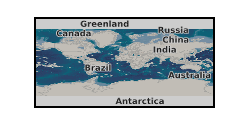
Data from the British Geological Survey's GeoIndex Collections theme are made available for viewing here. GeoIndex is a website that allows users to search for information about BGS data collections covering the UK and other areas world wide. Access is free, the interface is easy to use, and it has been developed to enable users to check coverage of different types of data and find out some background information about the data. More detailed information can be obtained by further enquiry via the web site: www.bgs.ac.uk/geoindex.
 NERC Data Catalogue Service
NERC Data Catalogue Service